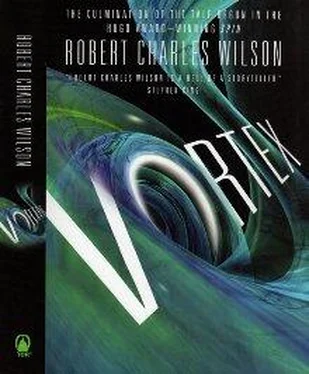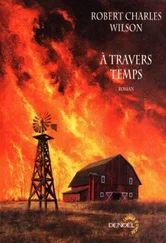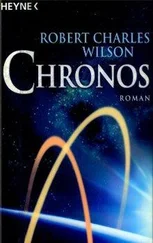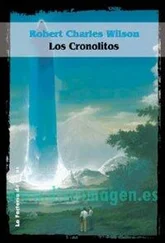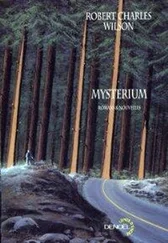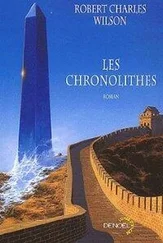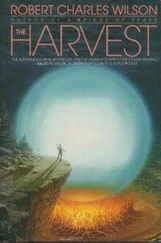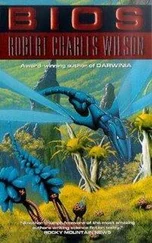I put my hand on his shoulder. He looked up and said, “I’ve got a warning display but I don’t know how to read it.”
“Okay. Can you put it into the wall so I can see it too?”
He managed to do that. The display appeared superimposed on the night sky. It was a radar signature with tracking details. Turk said, “It’s seeing something, but I can’t read range or trajectory.”
Were we being chased? But no: the object the ship had detected was high and to the northeast. I said, “The ship pinged us because there shouldn’t be anything in that airspace. Whatever it is, it looks like it’s not on a controlled course. It’s ballistic.”
It was falling, in other words. Probably a natural phenomenon, some piece of ancient debris tumbling out of orbit. But then the alarm chimed and chimed again, and two more targets popped up on the display.
By the end of an hour we had detected five such falling objects, all traveling east to west and roughly parallel to the equator. They were impacting close enough to our charted course that Turk instructed the aircraft to hold and circle until we could figure out what was going on. There was a lull of twenty minutes or so, then the alarm chimed yet again. According to the vector display it had detected an even bigger target this time, maybe big enough to be visible to the naked eye. Turk instructed the ship to aim its window at the appropriate quadrant of the sky.
We looked out into darkness, a few stars beginning to dim behind the first light of the dawn. “There,” Turk said.
The object streaked across the horizon a couple of degrees above the cloud deck. It was as bright as burning phosphorous and it left a luminous trail that quickly faded. The glare of it tracked across the cloudscape and made hectic, moving shadows. Once it had passed out of sight darkness fell again, but only briefly. The next burst of light came from beyond the horizon. That was the impact.
“Ask the ship to calculate its trajectory backward,” I said. “See where it came from.”
Easier said than done, with only a rough estimate of the object’s size and mass to work with. But the ship calculated a cone of possible trajectories and matched it against the other objects it had monitored, then superimposed the likely paths. The result was inconclusive, but Turk saw what I saw: the most likely trajectories all intersected at the Arch of the Hypotheticals.
“What’s that mean?” Turk asked.
I didn’t know. But the sun was coming up and the nearest leg of the Arch would soon be visible from where we hovered. Turk aimed the window so we could see it.
The Arch of the Hypotheticals had been and would forever be the largest artificial structure ever to contact the surface of the Earth. Its apex was higher than the atmosphere and the base of it was embedded deep in the planet’s mantle. It straddled the Indian Ocean like a wedding band dropped edge-up into a shallow pond. The fraction of it we could see from where we circled above the clouds looked like a silver thread laced into the yellow fabric of the dawn. “Focus on the peak of it,” I told Turk, “and amplify the image.”
He struggled with the interface but eventually succeeded. Because he had configured the display as a window, we seemed to zoom suddenly and dangerously close to the upper reaches of the Arch. The image wavered, distorted by the intervening atmosphere; then the one-dimensional thread acquired width and became a ribbon. In reality it was many miles wide.
The most detailed telescopic images of the Arch, beginning back in Turk’s day, had never revealed even the slightest imperfection in its surface. Until now. Now the ribbon was visibly flawed. The smoothly curving edge of it was ragged and sawtoothed. “Amplify it another times-ten,” I said, though we were approaching the limits of the aircraft’s optical functions.
Another vertiginous leap forward. The image writhed and twisted until the ship applied corrective algorithms.
And I gasped. The Arch was worse than merely imperfect. Visible cracks ran across it. There were gaps where immense pieces of it had calved away.
That was what had been coming out the sky: pieces of the Arch the size of small islands, some of them moving at only a little less than orbital velocity, burning on re-entry and spending their enormous kinetic energy in the Earth’s dead oceans or on its lifeless continents.
It should have been impossible. But it happened again as we watched. A dark crack widened and expanded and intersected another, and suddenly a piece of the Arch separated and began to fall. It moved with the elephantine grace of its own inertia, and I guessed it might circle the planet a couple more times before it began its final burn and tumble.
I looked at Turk, he looked at me. We didn’t have to say anything. We both knew what it meant. It meant the door to Equatoria had been closed forever. It meant our plan had failed. It meant we had nowhere to go.
Chapter Twenty-seven
Sandra and Bose
Bose followed a line of hedges down the street, keeping low and hoping the rain would help disguise his presence. The kid with the plastic bag—Turk, presumably—strode down the sidewalk, out in the open and half a block ahead. Another couple of yards and he’d be within sight of one of the guard cars Bose had identified earlier, an anonymous-looking gray vehicle with two sullen and undoubtedly well-armed men inside it.
Bose recognized the moment the kid spotted the car by the hitch in his step, a momentary hesitation you’d never notice if you weren’t looking for it. The kid gave no other indication. He kept walking, head down, rain running off his poncho. He walked straight past the car. The guards inside watched as he passed, their heads turning in unison as if they were attached to a string.
A left turn would have taken the kid down another block to the front entrance of the Findley warehouse, but he kept on going, sensibly. Bose took the opportunity to cut through the weedy lot in back of an industrial building, which shielded him from the guard car but also cut off his view of Turk. The rain was coming down so hard it felt like brusque hands trying to get his attention. His shoes were already saturated. At the next corner he caught sight of the kid again, still kept walking in the same direction, well past the warehouse now. Just keep on going, he thought. Catch another bus. Make my life easier.
But the kid turned left. He was circling the warehouse from a distance, Bose realized, looking for a way past the cordon.
* * *
Bose tried to put himself inside the kid’s head, on the assumption that this really was Turk Findley, more or less as described in Orrin’s notebook. It wasn’t easy. Bose had worshipped his own father. Patricide—even symbolic patricide—was a foreign concept to him.
But he understood rage and impotence well enough. It was what he had felt when the thieves had broken down the door and come into his father’s home in Madras. Bose’s father had sent him to hide under the desk in his room, and Bose had stayed there, dutifully, his heart beating madly in his chest, his lungs starved for air because he kept trying to hold his breath. “I’ll deal with this,” his father had said, and Bose had believed him. He didn’t come out until he heard his father’s first and final scream. Which was followed, soon enough, by his own.
His father hadn’t taken the Fourth treatment himself, though he had facilitated the treatment for many others. He had still been in the broad midstream of his life, not yet ready to assume the duties and obligations of longevity. Bose’s mother had been less scrupulous: she arranged the treatment as a life-saving intervention for Bose himself. Bose was far too young for it, but Martian ethics made an exception for life-or-death cases. Typically, she had administered the treatment first and asked for her colleagues’ approval only later. Bose had never been as grateful as he knew he should have been; often, when the memories of the Madras attack came back to torment him, he thought it wouldn’t have been so bad if she had just let him die.
Читать дальше
